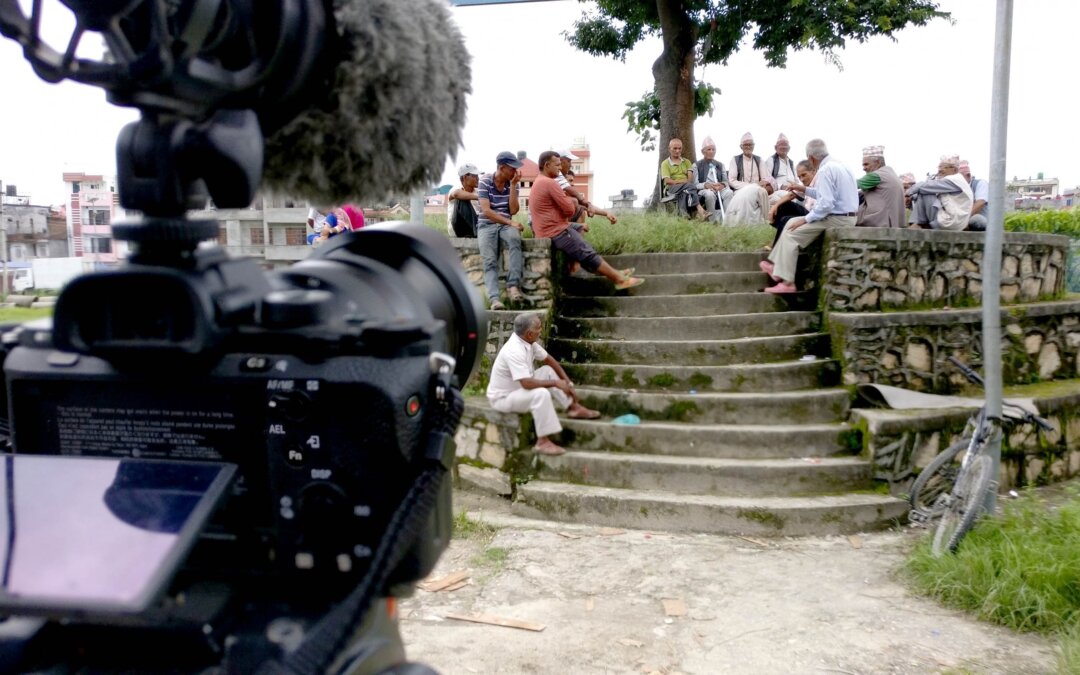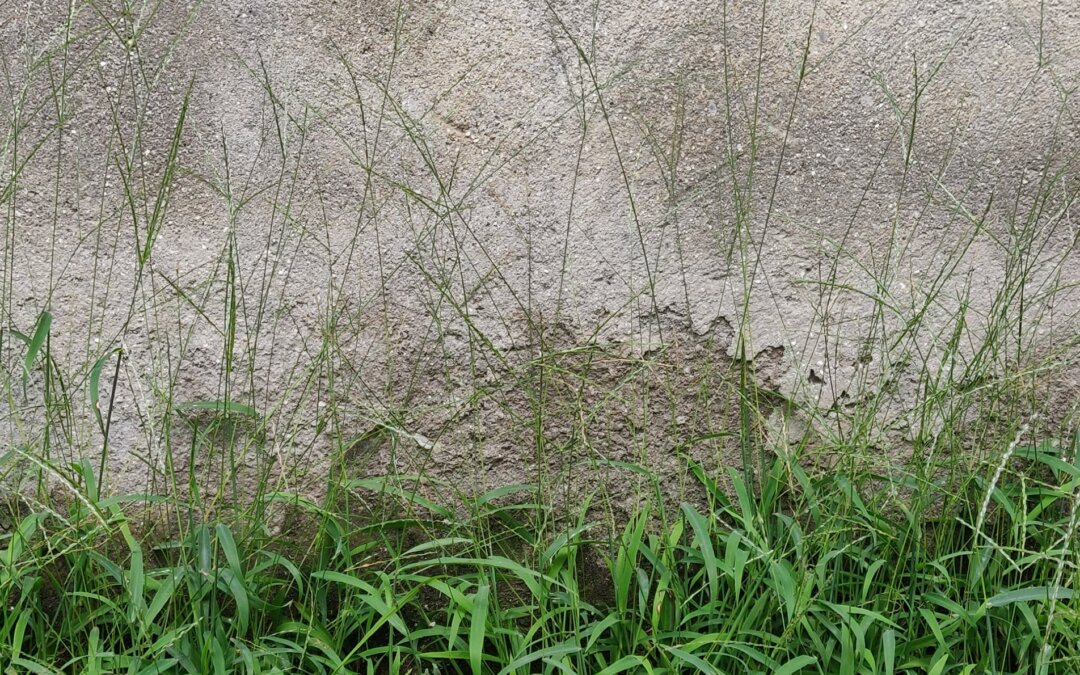What role should professional designers play in local placemaking processes? The process should never start with a designer’s drawings proposing changes to space. That is typically a consultation, which is usually a one-off event presented as the design’s ‘participation element’ that ends when a designer is satisfied with the feedback received. What is more useful is if designers listen to the questions, ideas and opinions of local participants and support their process by pointing out problems with space as well as potentials for space during the place analysis phase. How participatory placemaking can help Local Groups to develop urban actions for public spaces in our cities -By Wessel Bandenhorst .

Instead of going with presumed ideas to design a park in this neighbourhood, we requested for a community meet up to first understand the priorities, tensions, strengths and networks of the communities. Hence our approach goes beyond consultation. The initial meeting was held together with elected officials, local residents and children to discuss new park in their neighbourhood. We asked participants to tell their needs and requirements. Children’s and millennials expressed wishes by drawing on a sheet of paper. Differently-abled people asked for wheelchair-accessible entrances, among other considerations like toilets comfortable for them. We try to reach out more broadly with the diversity of communities to bring more information’s. Because the ideas decided by the city planners ignore the voices of people and reinforces inequalities in public space. Communities and cultures are not static, what may work to draw people in at first may not work 10 years down the road. So we are flexible and responsive to changing needs. We try to reach out more broadly with the diversity of communities to bring more information’s concerning the local history and present scenarios.
Even with all these considerations. It takes multiple levels of engagements to have all voices be heard. In this case, we do casual conversations to bring ideas that might otherwise have been missed. It is important to weaves deeper interpersonal networks that uphold collective efficacy. With community-based participation at its centre, our placemaking process capitalizes on a local community’s assets, inspiration and social capital in the creation of quality public spaces.




Presented the conceptual plan to the mayor of Kathmandu, ward representatives, communities. I requested everyone to pay attention to the native plants and get rid of monoculture lawns. I shared information and visualizations of vegetations with number of drawings, design and reference images that helped everyone to understand and agree on the shared vision.

After sharing the conceptual plan, another meeting was held with concerned authorities of ward no 5 Kathmandu and active members of the community. We set up a timeline for the final submission of the detail drawings and phase-wise action plan. We heed what is realistically achievable within the given timescale and the level of resources available. we discussed sustainable support systems from government and from private entities with the capacity to take on funding roles in certain conditions of deficiencies. I repeated that success is not about the procedures but how effective these processes are.
We identified our roles and responsibilities in a given project. We agreed on different stages of the community participation, management structures to planning, monitoring and evaluation. This proficient facilitation of a meeting is required to ensure more clarity on our way forward. Communities are made up of people with varied interests and identities. Each will have a different agenda. Some opinions can differ from the more popular opinions so we examine different perspectives in this matrix of participation to get a balanced view of what community participation is. All of this will help us to identify issues and mitigate unintended consequences to meet our goals.
The project is funded by the ward no 5, Kathmandu Metropolitan City. The materials used to create this park will be sourced and constructed locally and will have a low environmental footprint. Next stage is the formation of user’s committee and MOUs. During the lockdown period, he held holding zoom meetings and stayed in touch with city authorities and community members through other various modes of contact . Finally, we are signing the agreements and preparing to take this project on the ground.


